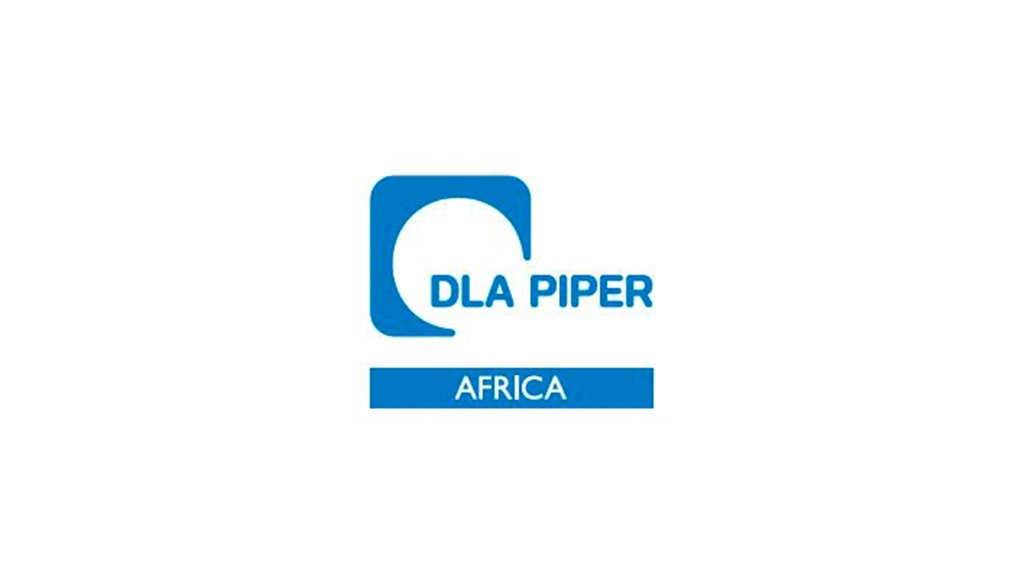In Company law, liquidation/ winding-up is simply a process by which a company is brought to an end, and the assets and proper ty of the Company are redistributed or sold to satisfy the creditors.
One of the instances when a Company can be placed under liquidation is when it is unable to pay its debts. In terms of the Companies Act this is done by moving a Petition at the High Court.
A liquidator(s) is appointed to investigate the company’s financial affairs, establish the reasons why the company failed, and investigate possible offences (such offences can be found under the Companies Act), and identify and sell any assets to help repay the creditors.
THE LIQUIDATION/ WINDING-UP PROCESS
All liquidations will differ as they are reliant on a number of different things. For example, the company’s financial affairs, the reasons why the company failed, possible offences, the amount or value of the company assets etc.
Below are steps that need to be followed for a liquidation/winding-up process:
Step 1: The Company is unable to repay its debt to its creditors. A demand for such payment should be made.
Step 2: The decision is made by either the Company itself (voluntary liquidation) or its Creditors (compulsory liquidation or court order) that it is going to be placed into liquidation. This can be done in one of the following:
A court order
A petition is made through the court usually at the High Court of Botswana by either a creditor, the Company director(s), the Company shareholder(s) or the Registrar of Companies. A Provisional Order will be granted giving the creditors a chance to challenge or give reasons why the Provisional order should not be made final. Once made final the Liquidation continues.
A resolution for voluntary liquidation/winding-up
This is passed by the Company shareholders or as a Board (as outlined within the Company’s constitution).
Step 3: A liquidator(s) is nominated and/or appointed either by the creditors or the Master of the High Cour t.
Step 4: The Provisional Order for liquidation is published in the newspapers circulating within the Jurisdiction.
Step 5: On the return date, the Provisional Order may be made a Final Order.
Step 6: The appointed liquidator(s) notifies the Master of the High Cour t.
Step 7: The Final liquidation Order is published usually in the newspapers circulating within the Jurisdiction.
Step 8: The Liquidator(s) conduct their investigations and schedule a meeting with the creditors. Notice of such meeting will be published in the newspapers with details.
Step 9: The administration of the liquidation/winding-up star ts. This may include the following things:
- the company being closed
- the assets of the company being identified and possibly sold
- identifying all creditors
- receiving proof of claims from creditors and payments being made to creditors (dividends)
Step 10: Ongoing repor ts are sent to creditors and follow-up meetings are scheduled.
Step 11: Completion of administration.
Written by Keolebogile Mugabe, Associate Head of Debt Collection, Minchin & Kelly, Botswana (a member of DLA Piper Africa)
EMAIL THIS ARTICLE SAVE THIS ARTICLE
To subscribe email subscriptions@creamermedia.co.za or click here
To advertise email advertising@creamermedia.co.za or click here











